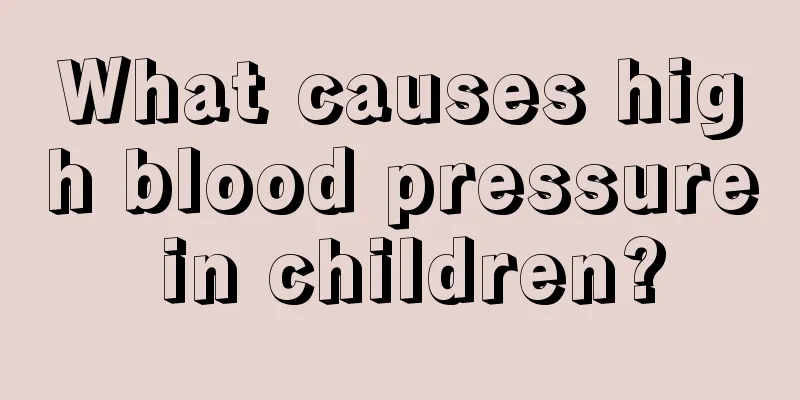Introduction to Neonatal Diseases

|
For newborn babies, it is difficult to find relevant medicines to treat some diseases. Medicines are toxic and have great side effects on children's bodies. Children are unable to explain the situation to their families after becoming ill, which can easily delay the treatment of the disease and make the condition worse. Next, we will introduce newborn diseases in detail so that everyone can better cope with them. 1. Measles Measles causes fever in the first 1 to 2 days of the onset of the disease, and cold symptoms in the upper respiratory tract, accompanied by tearing, runny nose, conjunctival congestion and redness, and fear of light. Starting from the third day, measles spots appear on the oral mucosa, followed by red maculopapular rashes on the skin, first appearing behind the ears and then on the head, face, trunk, and limbs. As the rash increases, the fever also worsens. 2. Rubella In the first 24 hours of the onset of rubella, there may be mild upper respiratory cold symptoms, such as fever, runny nose, cough, etc. After 1 to 2 days, light red papules appear on the skin, starting from the face and spreading throughout the body within 1 to 2 days of the onset. After 2 to 3 days, the rash disappears without leaving any trace. When the rash occurs, the lymph nodes behind the ears and in the occipital region are swollen. 3. Chickenpox Chickenpox onset occurs with mild fever and general discomfort. Two days later, red, rice-sized papules appear on the skin of the trunk, head and face, especially on the limbs. The papules turn into blisters 1 to 2 days after they appear. They are oval in shape and of varying sizes. The blisters contain transparent liquid and are itchy. After about 5 days, the blisters dry up and form scabs, which fall off after 3 weeks without leaving any scars. The above content is an introduction to neonatal diseases. For newborns, parents must always observe their children's conditions and go to the hospital in time if any abnormal phenomena occur. Children's bodies are very fragile, and there are many things to pay attention to during treatment. Newborns have very low resistance and immunity. |
<<: Why does my baby have a hoarse cough?
>>: Causes of abdominal lymph nodes in children
Recommend
What to do if your baby yawns and won’t sleep
Sleeping should be the most important part of lif...
How to do infant health exercises
After the child is born, we as parents should hel...
How old can babies eat stir-fried vegetables?
We will find that scientific parenting now mainly...
What should we do if a girl from a poor family has character defects?
In general, people's material conditions are ...
What medicine is good for baby diaper rash
The symptom of baby diaper rash is mainly caused ...
What should children pay attention to when they have nausea and stomach pain
Children always do not eat on time, so it affects...
Is it okay for baby teeth to grow on top first?
A baby is the future and hope of a family. Nowada...
What should I do if my child is zinc deficient and refuses to eat? How to supplement zinc
Zinc is an important trace element in the human b...
What toothpaste is good for children? How to choose
Toothpaste is an everyday necessity in our lives....
How to treat mumps in children
Children's illness is the most troublesome pr...
What should I do if my child has a fever, cough and runny nose?
The weather is hot and cold, and the temperature ...
How many times does a two month old baby poop?
Metabolism is an instinct of our human nature. Th...
Why is the recheck rate of heel blood so high?
Heel blood screening is a relatively common exami...
How to treat a 4-month-old baby's dry cough
Babies have to go through a lot of hardships from...
What to do if your baby has hernia in three months
If babies of three months old have intestinal her...









